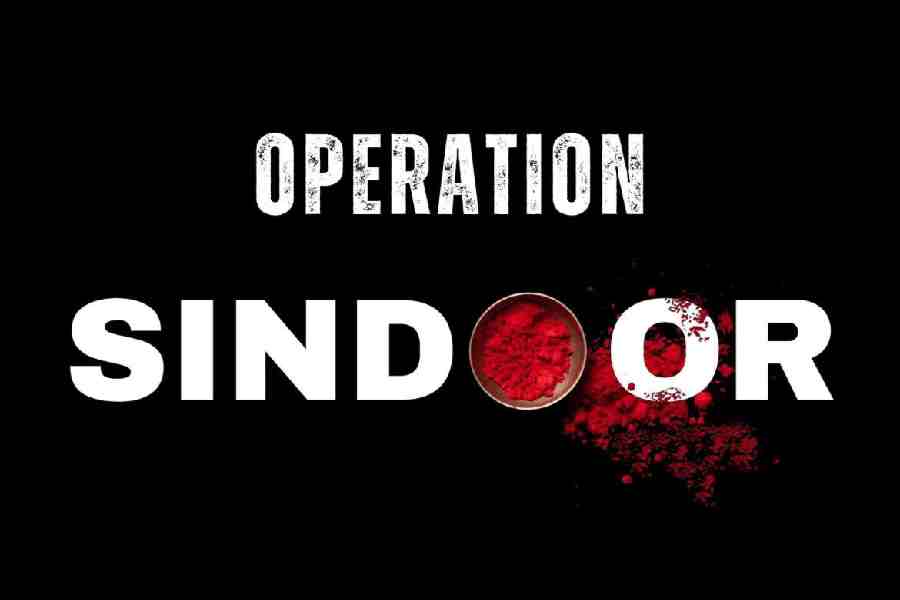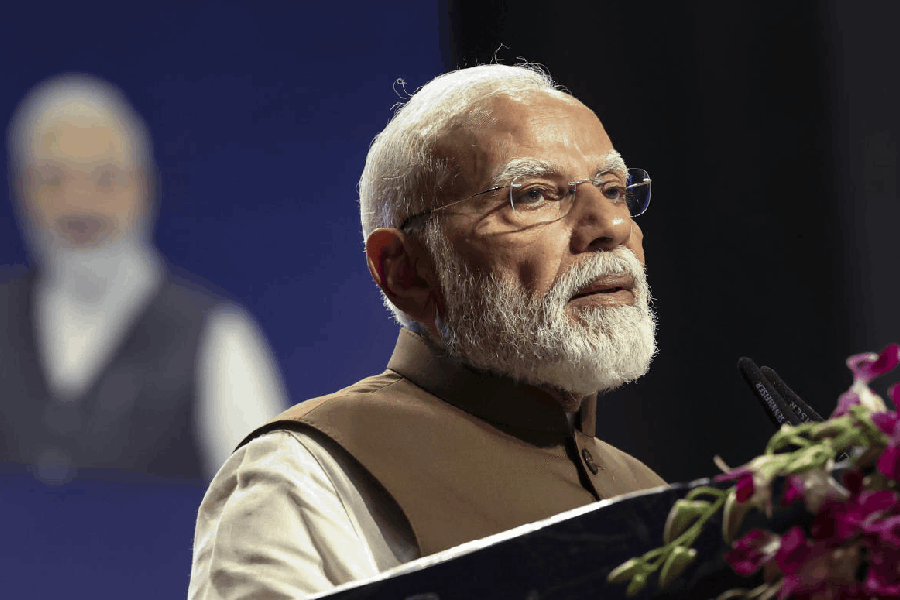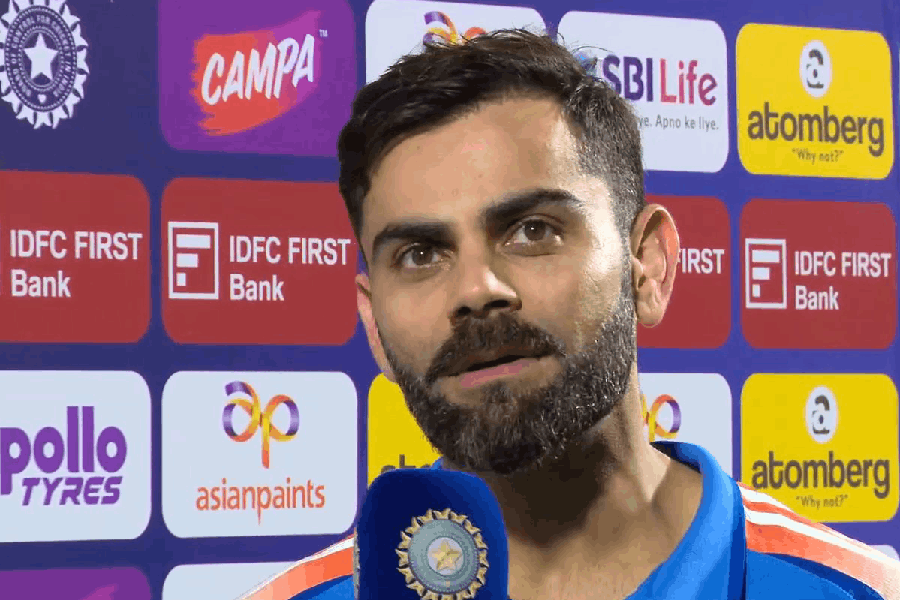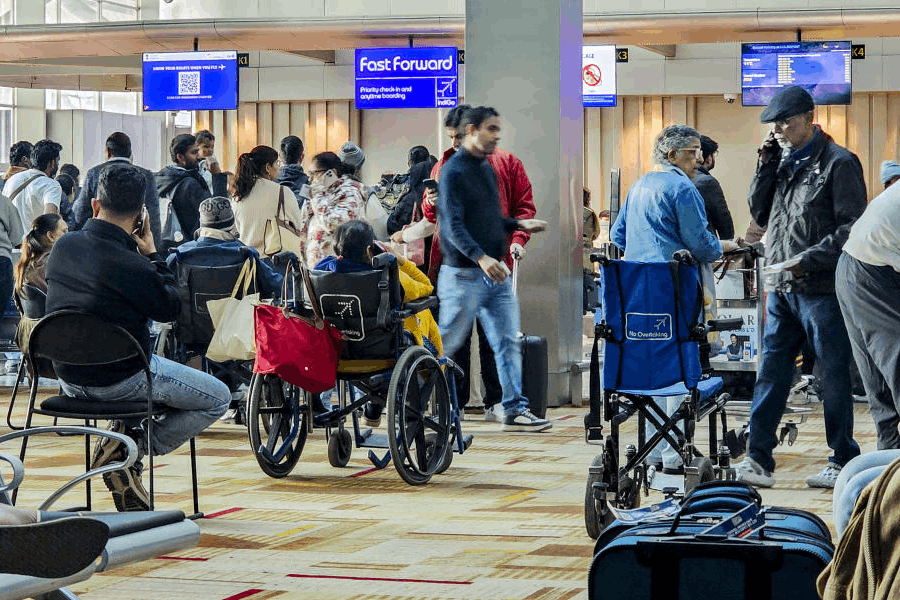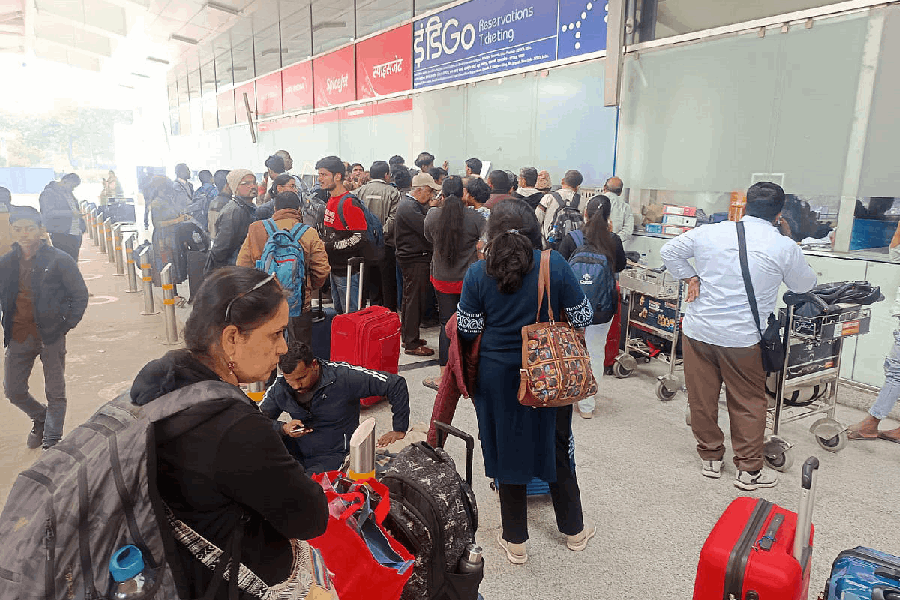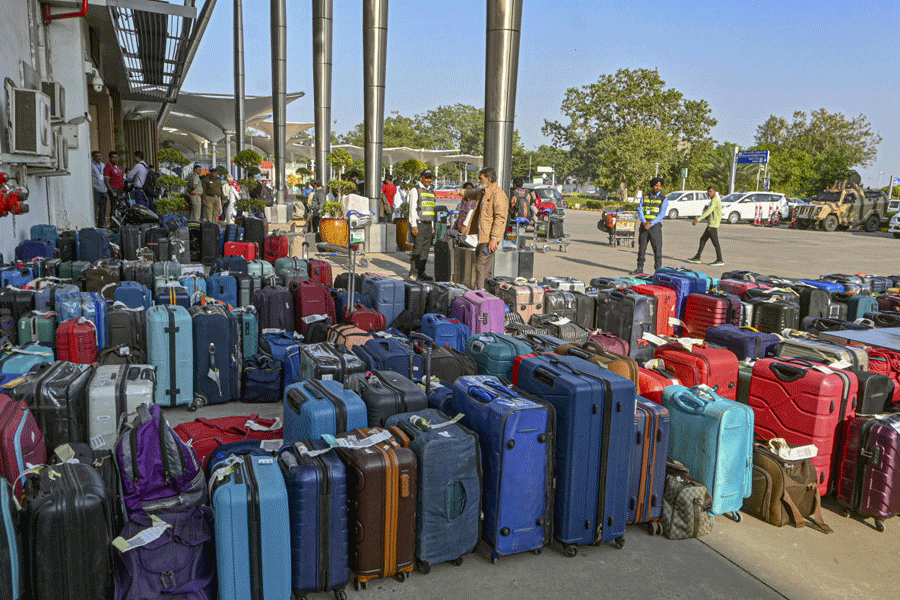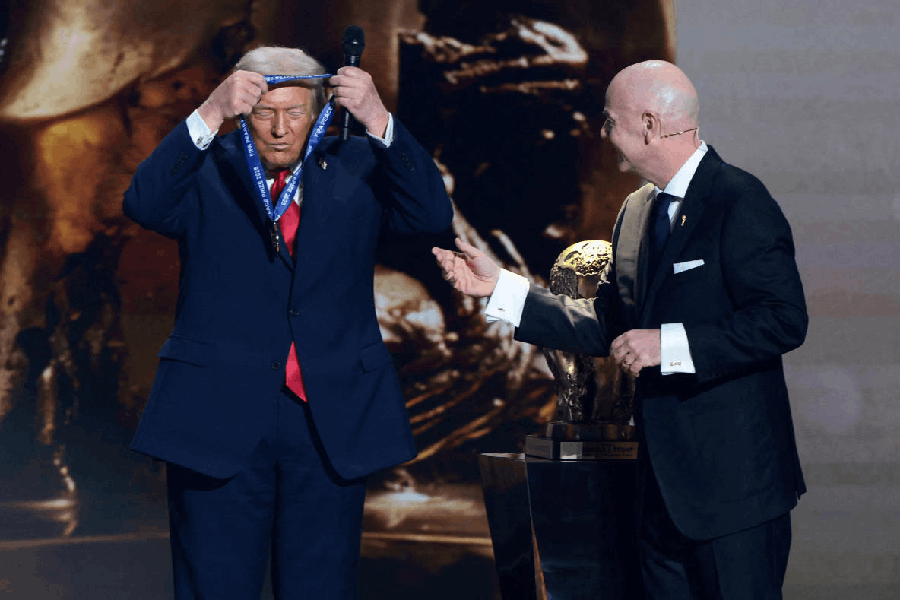IAF fighter pilot Group Captain Ranjit Singh Sidhu, who received a prestigious military decoration for his heroics during Operation Sindoor in May, flew "multiple deep-penetration strike missions" to destroy the designated targets with surgical precision while facing "complex threat scenarios" and layered air defences.
His gallant act during the four-day military conflict between India and Pakistan, which earned him a Vir Chakra recently, finds mention in a list of medal citations published in an October 4 gazette issued by the Centre.
During an operation, his squadron equipped with the formidable fighter aircraft, was chosen for strike missions over a predetermined target. His squadron subsequently conducted successful strikes over the targets and achieved the desired objectives, read the citation.
"As the Commanding Officer, Group Captain Ranjeet Singh Sidhu exhibited exceptional acts of gallantry on multiple occasions, displayed resolute leadership and unwavering dedication to duty in a complex and high-stakes combat environment with disregard to personal safety. He ensured the planning and execution of air operations of his squadron from three different locations along the Western sector," it says.
Group Captain Sidhu led from the front by flying "multiple deep-penetration strike missions to destroy the designated targets with surgical precision and flew air defence missions in aid of own forces flying similar strike missions".
In each of these missions, he faced "complex threat scenarios and layered air defences".
Despite overwhelming odds, he demonstrated "unmatched courage and outstanding tactical acumen", thus ensuring mission success.
The fighter pilot made "dynamic, real-time decisions in the air, adapting swiftly to emerging threats and operational variables. His bold leadership and composure under fire were instrumental in achieving the intended strike outcomes while ensuring survivability of own forces that were undertaking missions under the AD (air defence) cover of his squadron," it adds.
The IAF was able to achieve an "enhanced offensive posture" owing to the unequivocal results achieved by the squadron under his leadership, the citation says.
In August, nine IAF pilots involved in the precision strikes on terror infrastructure and military installations in Pakistan-controlled territories during Operation Sindoor, launched in the wake of the Pahalgam attack, were conferred Vir Chakra, the third highest wartime gallantry awards after the Param Vir Chakra and Maha Vir Chakra.
India on August 14 recognised the acts of gallantry by the armed forces personnel and the role of senior military brass involved in the planning and execution of Operation Sindoor in its annual list of military honours on the eve of 79th Independence Day.
The recipients of the Vir Chakra also included Group Captains Manish Arora, Animesh Patni and Kunal Kalra.
Group Captain Arora's citation says his dynamic leadership, expertise in battlefield management and courage inspired confidence not only in other pilots of his unit but in all air warriors.
During an operation, he flew as mission leader of an unescorted strike package to neutralise predetermined targets that were heavily fortified by advanced weapon system of opposing forces, it says.
"The airspace had seamless radar cover and was defended round the clock by aircraft equipped with long range state-of-the-art beyond visual range missiles. Opportunity to penetrate this hostile threat envelope was limited and launch window to deliver the weapon was significantly short. His profile entailed tactical formation routing at low level by dark night followed by aggressive manoeuvring, so as to achieve launch parameters to deliver the weapon accurately and simultaneously evade hostile defences," it adds.
Despite overwhelming presence of the opposing forces in large numbers, he fired his weapon on the designated targets keeping mission objectives "above personal safety".
During weapon delivery, he was flying under adversary's "lethal ranges and had multiple aerial and ground launches on him". He not only ensured successful target destruction, but alerted his formation ensuring safety of his wingmen, it says.
"During the operation, his audacious and aggressive manoeuvring plunged the opposing forces into tactical chaos. The attacks carried out by him and his unit against the adversary were so intense that they rendered them incapable of retaliating," the citation says.
President Droupadi Murmu had approved 127 gallantry awards and 40 distinguished service awards to the personnel of the armed forces and Central Armed Police Forces personnel on the eve of Independence Day.
These were -- four Kirti Chakras; 15 Vir Chakras; 16 Shaurya Chakras; two Bar to Sena Medals (Gallantry); 58 Sena Medals (Gallantry); six Nao Sena Medals (Gallantry); 26 Vayu Sena Medals (Gallantry); seven Sarvottam Yudh Seva Medals; nine Uttam Yudh Seva Medals and 24 Yudh Seva Medals.
During a mission, another IAF pilot, Squadron Leader Rizwan Malik displayed "resolute valour, tactically adapted audacious and aggressive manoeuvring to plunge the adversaries into tactical chaos", reads his citation.
Except for the headline, this story has not been edited by The Telegraph Online staff and has been published from a syndicated feed.

